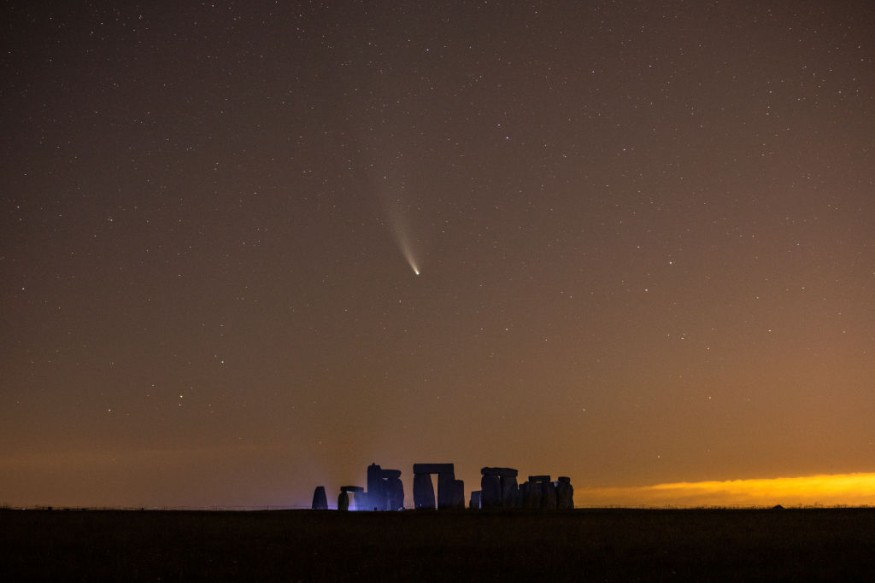NASA's Asteroid Terrestrial-impact Last Alert System (ATLAS) has been in operation since 2017. This space program had helped the government agency to detect early warning signs of asteroid impact which automatically scans the night sky for moving objects.
The telescope developed by the University of Hawaiʻi Institute for Astronomy (IfA) originally involved a pair of observatories in Hawaii, but has since been expanded the southern hemisphere, with telescopes in South Africa and Chile. Daily Mail reported that this is ATLAS's new upgrade which allows NASA to constantly hunt for near Earth objects by scanning the entire night sky, especially those that could pose a threat to life on Earth.
Now having a total of four observatories, the team is able to have a more accurate view and "much wider field" to look for space rocks coming towards or close to Earth.
24-hour Sky Search for Hazardous Asteroids
The NASA-funded, state-of-the-art asteroid detection system, "has reached a new milestone by becoming the first survey capable of searching the entire dark sky every 24 hours for near-Earth objects (NEOs) that could pose a future impact hazard to Earth," according to NASA. The two new telescopes are at the Sutherland Observing Station in South Africa, and the El Sauce Observatory in Chile.
"An asteroid that hits the Earth can come at any time from any direction, so ATLAS is now all the sky, all the time," said ATLAS Principal Investigator John Tonry.
NASA currently detects the location and orbit of 28,000 asteroids, but thousands more had remained undetected that could pose regional wide devastation if it is to hit the planet. Experts estimate six months minimum to develop a range of measures that could deflect or destroy a space rock.
The new telescope gives NASA a three-week warning and notice of a 65ft diameter asteroid that is large enough to destroy an entire city.
Detailed warning of an impending asteroid hit

NASA had constantly been working on future development that could provide them with more detailed warning of an impending asteroid hit, which led them as far as today's upgrade.
"We are excited to join the ATLAS network and to become part of the global effort to identify potentially hazardous asteroids," said ATLAS-Sutherland lead Dr Nic Erasmus in University of Hawaiʻi at Mānoa's "Just Look Up" article.
"The additional spin-off of other astronomical transient discoveries that ATLAS offers is also perfectly commensurate with the SAAO's flagship Intelligent Observatory project that aims to modernize, fully robotise, and interconnect the diverse telescopes on our plateau in order to achieve rapid follow-up observations of all transients in the southern night sky," the astronomer added.
Aside from searching for NEOs, ATLAS telescopes were made to become one of the preeminent surveys for other phenomena, such as search for exploding stars and 'short lived events'. This includes short radio bursts from the likes of Neutron Stars, as well as supernova events in distant parts of the universe.
However, the team explained that the two new ATLAS telescopes are not yet fully operational. "Depending on weather, several weeks to months are needed to completely calibrate the system for maximum sensitivity and reliability. After that, the ATLAS system will typically discover a new close-approaching NEO every few days," according to the Daily Mail.
© 2026 NatureWorldNews.com All rights reserved. Do not reproduce without permission.





